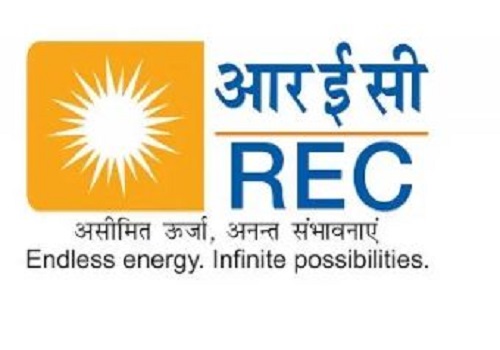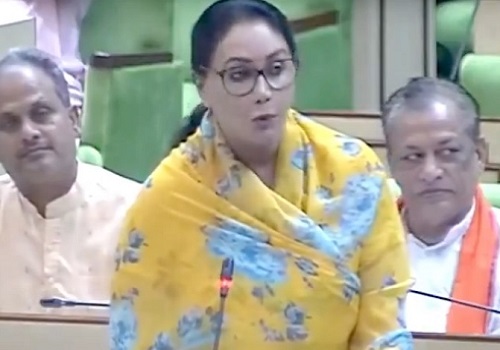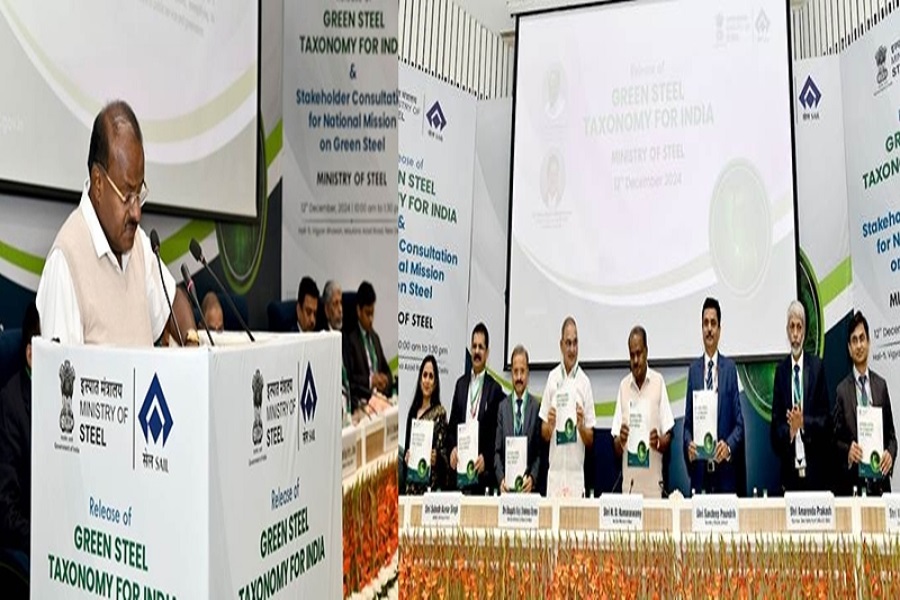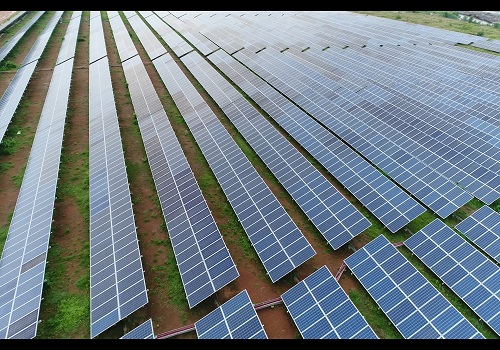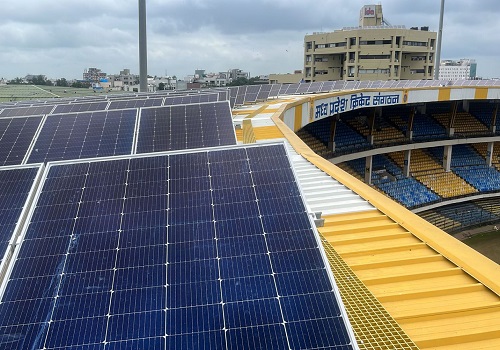CMS report highlights five sectors with high growth in consumption
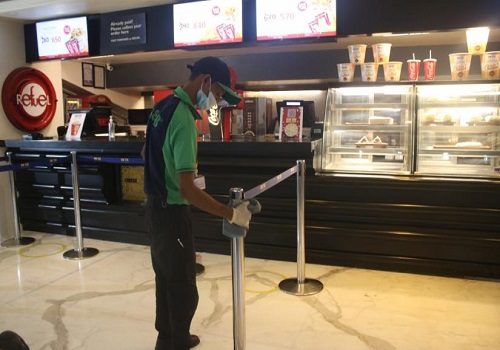
The CMS Consumption Report 2024 has observed that media and entertainment, fast-moving consumer goods (FMCG), railways, aviation, and durables are the five retail sectors with high consumption growth.
Consumption is reaching the grassroots even as metros continue to hold sway over with a 10.37 per cent increase in average ATM withdrawal for spending in metros, followed by a 3.94 per cent increase in semi-metros, semi-urban and semi-rural areas.
Furthermore, Delhi, Tamil Nadu, Uttar Pradesh, West Bengal, and Karnataka lead with the highest growth in ATM withdrawals for spending in the 2023-24 fiscal year (FY24).
The media and entertainment sector not only has a long history but has metamorphosed into a new-age, omnichannel, and vast industry that optimally caters to the nuances and growing consumption needs of the Indian audience.
The average spending towards media and entertainment increased by 29.3 per cent in FY24. It recorded the highest annual growth across 20-plus consumption sectors in India.
Over two years (FY22-FY24), average spending on media and entertainment increased by nearly 100 per cent.
While cinema continues to fuel the entertainment experience in India, niche OTT platforms and curated content are the new-age segments of growth.
Consumers are willing to pay for differentiated content that resonates with them.
Indians are moving beyond the "Roti, Karad, Makkar" paradigm. With India crossing the $2,000 GDP per capita mark, Indians are moving beyond necessities and spending more on both discretionary as well as non-discretionary goods with FMCG taking the lead in non-discretionary spending.
The average spending in the FMCG sector increased by a robust 16.76 per cent in FY24 with a remarkable consumption recovery after witnessing a decline of 21.94 per cent in FY23.
Additionally, there was an increase in average spending on consumer durables, too, with FY24 witnessing an increase of 3.74 per cent in the wake of a 7.64 per cent decline in spending in FY23.
Further, there has been a rise in the travel economy in the country.
According to the report, Indian consumers aren't spending on travel as exemplified by the growth in the aviation and railway sectors. The proliferation of rising affluence and increased mobility are engendering an economy where individuals are increasingly spending on travel.
The average spending in the aviation sector witnessed slow annual growth of 6.36 per cent in FY24 compared to a 19.81 per cent growth in FY23.
In the two years (FY22-FY24), average spending in the sector has increased by 27.42 per cent. The increase in air travel is exemplified by the sharp growth in passenger air traffic across the major airports of the country.
Since February 2023, passenger air tariff has witnessed a steady growth reaching a peak of 33 million passengers in December 2023.
During FY24, the average spending in the railway sector witnessed an annual growth of 8.16 per cent. In the two years (FY22-FY24), average spending in the sector increased by 56.35 per cent.
Similarly, recognising the role of education in improving employability and wealth, it is expected that spending in the sector will remain robust. While spending on the e-commerce sector has been on a decline, the pace of decline has been slowing down.
In FY23 the average spending declined by 25.44 per cent while in FY24, it declined by 14.61 per cent thereby indicating a strong recovery in the sector on the same-store basis.
